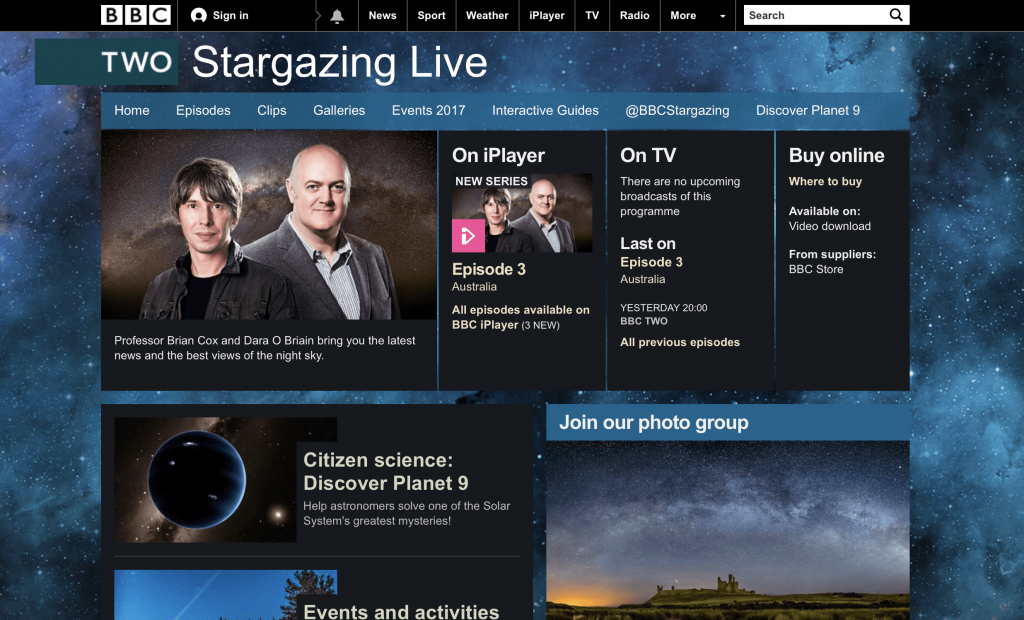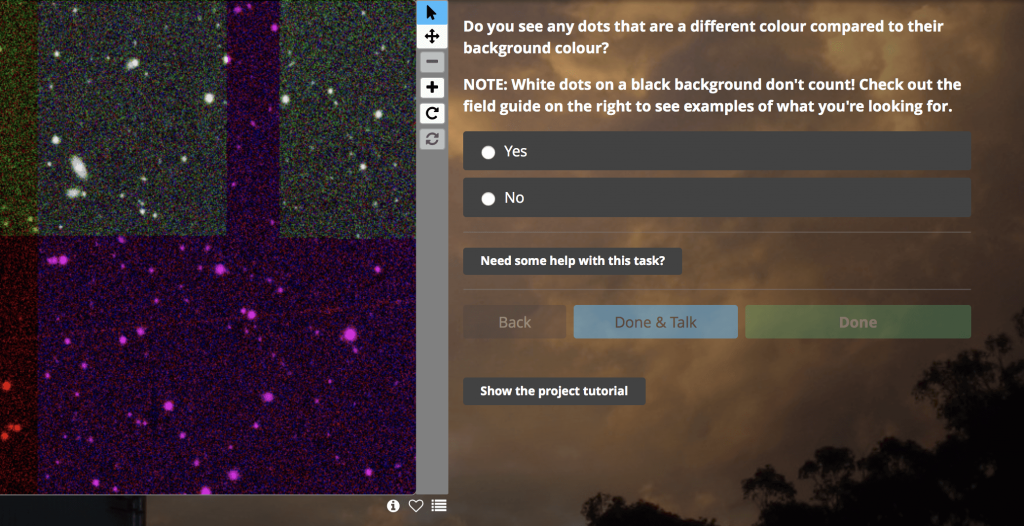It was great last night to see TWO science shows on TV which used interactive technology to help its viewers participate in them in a real and meaningful way.
Citizen science gives researchers access to enormous sample sizes, or breaks big problems down into tiny pieces which each require a human to complete them. It would take a researcher a long time to examine 10 million images — it’s a lot easier if 1 million people can examine 10 images each. Television has the power to instantly recruit those numbers of volunteers, and let them take part immediately on their smartphones.
Television has the power to instantly recruit millions of volunteers.
Here at Joi Polloi we’ve worked on several projects like this in the past, where data from millions of tests (which tell each individual taking them something about themselves) is used by academic researchers.
The results of the Psychopath Test for Channel 4 were analysed to provide the largest ever sample in research into the traits of psychopathy.
In Embarrassing Bodies: My MindChecker which we worked on with Maverick TV for Channel 4, the results of the Autism test were analysed by the University of Cambridge and a research paper was published.
This week’s programmes which caught my eye were…
Stargazing Live

Stargazing Live on BBC2 has run several citizen science experiments over their past 7 series, but the current one may be the most exciting — helping astronomers to discover a new planet. It asks viewers to identify objects in photos of the night sky which are a different colour from the background.
It ties in closely with the editorial content of the TV show because the photos were taken by the telescope in Australia where this series is being broadcast from.
Because the show is live over the course of a week, any interesting discoveries can immediately be checked out by the science team, and included in later shows. The interaction (which uses the Zooniverse platform) is designed to be addictive — will the next photo you’re given be the one which contains that elusive discovery?

Update: over 5 million images have been reviewed in 3 days.
Gravity and Me
Gravity and Me on BBC4 was a personal investigation by physics professor Jim Al-Khalili into the history and science of gravity. One of the key points of the programme was that gravity is not a constant force — but it changes based on our speed and altitude — and according to Einstein, changes in gravity also affect time.

A few months ago they released an app which used your smartphone movement and GPS data to track the tiny differences in gravity affecting you, and how that affected the passage of time. Pretty mind-blowing stuff! During the programme they admitted that they’d got the complicated equations wrong on the app. It wasn’t quite clear if/when these were corrected in the app, but according to the app, over the last few months I’ve aged by 611 nanoseconds more than someone static at sea level. Which explains a lot!
Both these examples show that the power of broadcast TV, combined with interactive content, has the power to engage millions of people in science experiments with very real and exciting outcomes.
We’re working on more similar TV Citizen Science projects at the moment — if we can share our expertise with you, please get in touch via www.joipolloi.com